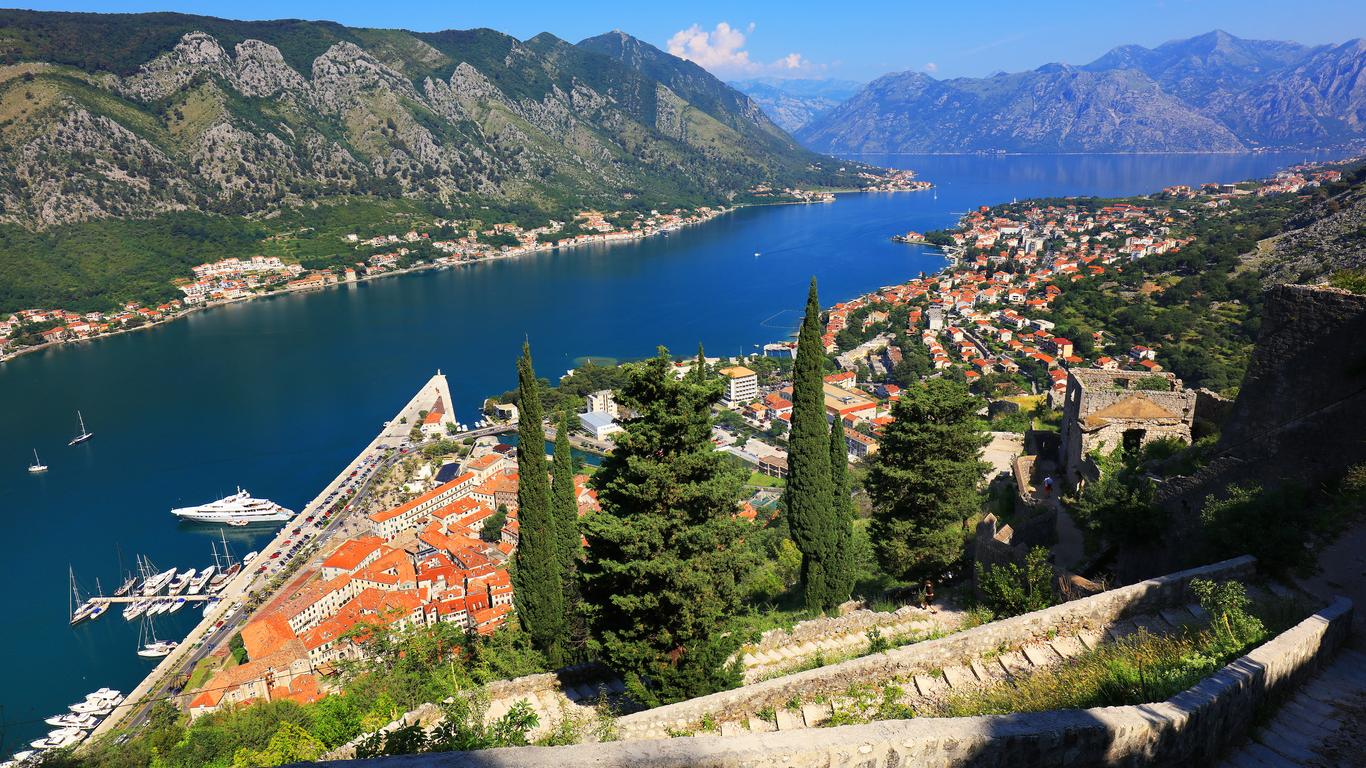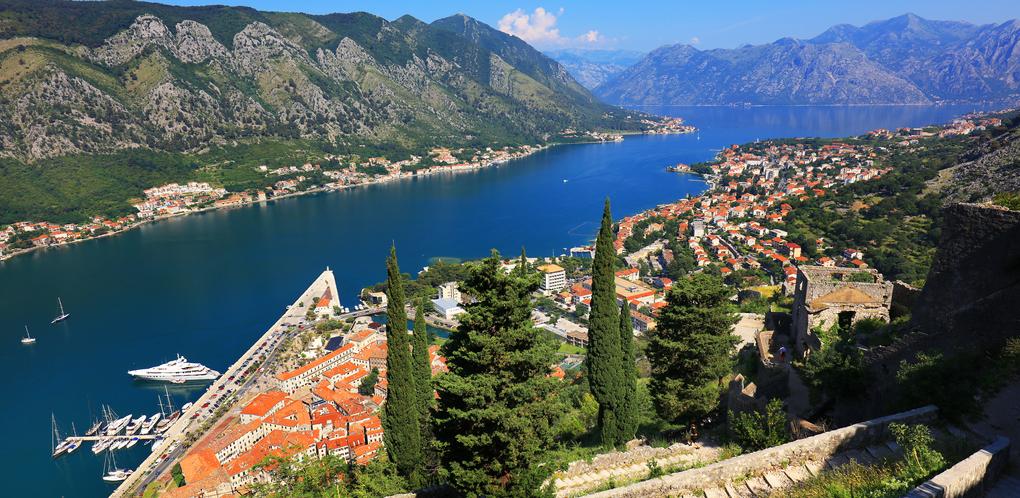1. Fortify Yourself For Some Amazing Views
Easily Kotor's most famous attraction, these magnificent fortifications reflect the city's history of rule by Illyrians, Venetians, Austrians, and Byzantines. Understandably, they also have UNESCO-protected status. Dedicated to St John, the castle looms over the city, and you'll have to climb to the summit - but it's definitely worth the effort. Aside from the views, the complex includes a number of picturesque churches and chapels (which make great photographic backdrops).
2. Kotor's Stunning Medieval Core
Kotor's Old Town, Stari Grad is as attractive as medieval towns can be. Nestled in an inlet of the Adriatic Sea, surrounded by mountains and overlooked by the castle, the town seems almost dream-like, particularly under the reliable Montenegrin sunshine. As you wander around, you'll discover fascinating locations like Craftsmen's Street, which houses blacksmiths, masons, jewelers and other essential workers, elegant portals like the River Gate, gorgeous churches, palaces, squares, and plenty of souvenir shopping opportunities. Taking a tour is recommended, given how much there is to see (and miss).
3. A Model Of How Museums Should Be
Kotor's premier museum is dedicated solely to the sea, which gave the city its prosperity, and continues to draw thousands of tourists every year. Housed in the Baroque Grgurina Palace, the collection includes galleries telling stories of daring battles against pirates, as well as amazingly lifelike models of vessels dating back to the medieval era. There's an 18th century atlas of the Mediterranean, cabinets full of muskets and swords, and exhibits focusing on World Wars One and Two, as well. If you are a maritime buff, or just want to get under the skin of Kotor, it's an essential visit.
4. Keeping Sailors Safe For Centuries
Translated as "Our Lady of the Rocks", a church has rarely been more accurately named. This Catholic church exists on a purpose-built island in Kotor Bay that was made by sinking ships loaded with rocks. As its roots suggest, the church was intended mainly to serve sailors as they set off for dangerous voyages, but it's now more of a tourist attraction, offering gorgeous views across the bay. If you're there on July 22, don't be alarmed to see locals throwing stones into the sea. It's an age-old custom that continues to enlarge the island, year after year.
5. A Mountain That Gave Birth To Monarchs
When you wander around Kotor, you won't be able to avoid Lovćen, a mountain which towers 1,749 meters above the city. Aside from being an imposing sight, it's also great fun to explore, having been turned into a National Park in the 1950s. Attractions include the tiny village of Njegui, which gave birth to the Petrovic dynasty, who ruled Montenegro from 1696 to 1918, and hosts the Mausoleum of Petar II Petrovic Njegos - a poet and ruler venerated by many modern Montenegrins.


